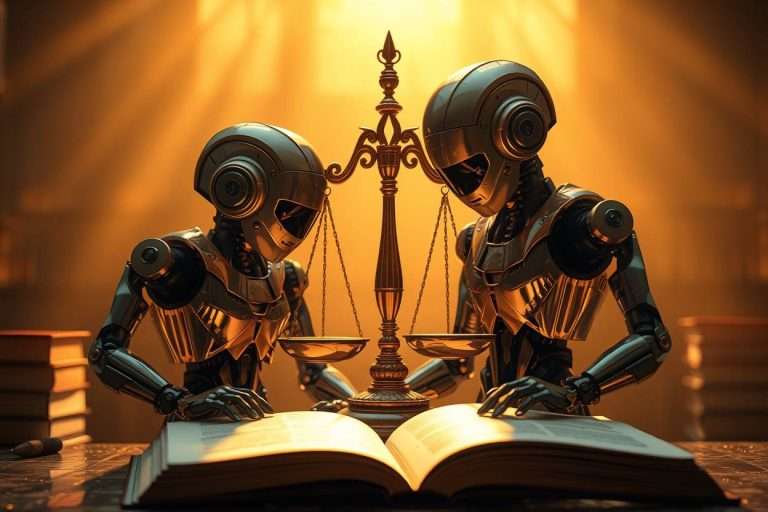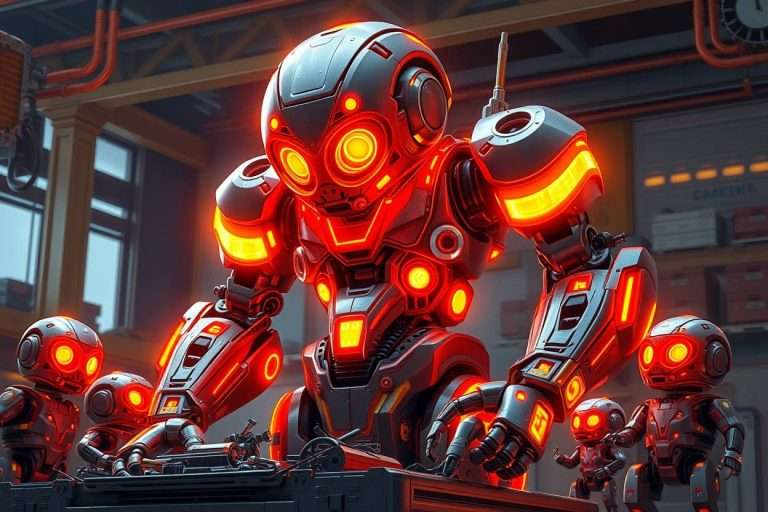10 Effective Ways to Use AI in SEO
Discover how artificial intelligence can help you achieve your goals and explore 10 effective ways to leverage AI for SEO for better results.
Read More
 Business
Business
 AI Agents
AI Agents
 Business
Business
 AI Automation
AI Automation
 AI Agents
AI Agents
 AI Agents
AI Agents
 Blog
Blog
 Blog
Blog
 Business
Business
 SEO
SEO
 AI Video Generator
AI Video Generator
 Blog
Blog
TechPilot.ai TechPilot.ai provides independent reviews, comparisons, and insights to help users make informed decisions about AI tools.
Our content is written and fact-checked by experts, and we may earn a small commission if you choose to purchase through affiliate links—at no extra cost to you. This supports our mission to keep the platform free, unbiased, and up to date.